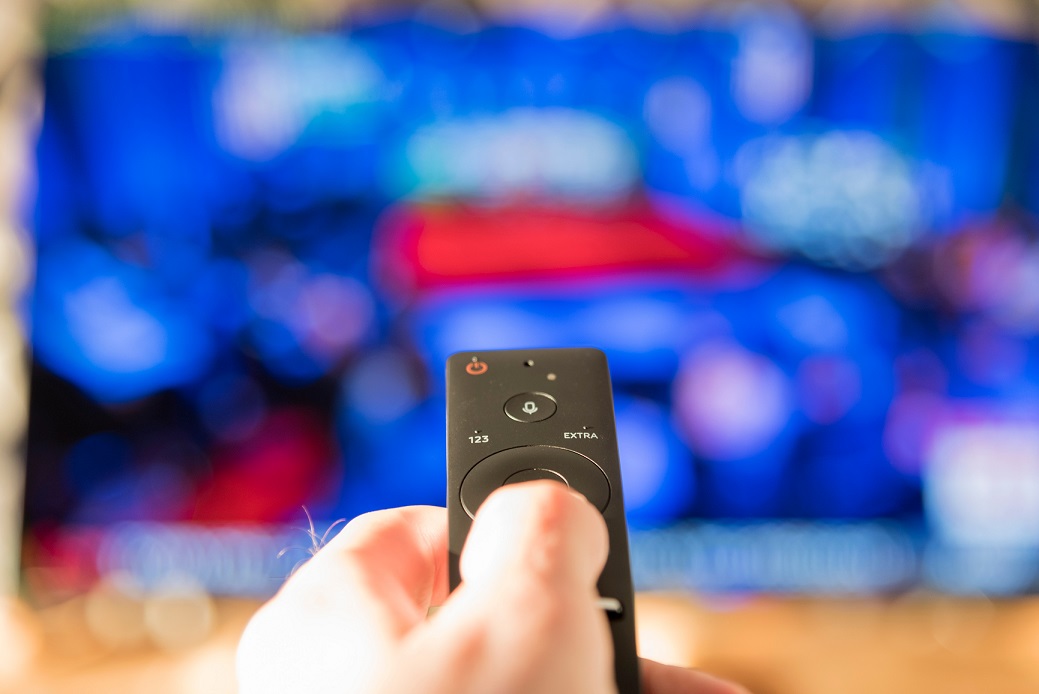
Paul Smith, SVP of Sales, AdTonos
The world is changing, and so is Netflix. Or, Netflix is changing, and so is the world. Hyperbolic? Perhaps. But the statement touches on truth: as Netflix has announced, it is to expand and transform its service offering to include cheaper, ad-funded plans, as well as venturing further into the gaming dimension. What does this mean for the industry, and the world at large? Well for one, it has triggered conversations about the future of CTV, and of course, advertising.
Netflix’s shift in modus operandi is due to larger ripples in consumer behaviour, specifically relating to higher living costs, and as well, perhaps, a population less home-bound than this time last year. And, as always, where consumer habits and needs evolve, so companies need to adapt efficiently, ever at the ready to respond to these new needs. So as the CTV subscription giant continues on its quest for world domination, the management team leading this mission has understood it may need to change tack – especially after losing 600,000 subscribers across North America, the first dip in a decade.
Moving with the tides
This turn from one of the most popular CTV platforms, hitherto very reluctant to ad-supported plans à la Disney, Hulu, or HBO – Netflix is usually the last subscription to go when households start reconsidering where they spend their disposable income – has direct and far-reaching implications for advertisers and marketers. It is also understandable that gaming, with over 3 billion videogame users worldwide (somewhat eclipsing Netflix’s own healthy 222 million), is the most obvious acquisition route for the provider.
Netflix’s initial steps into ad-funded models and mobile gaming mean two things: firstly, a whole audience previously out of bounds will now be within reach, and secondly, they will need to reformat their advertising stack to slot organically into Netflix’s new offering in a way that best suits both customers and brand needs.
As marketing teams try to figure out the best methods to channel their audience’s interests and attention, we can expect a rush towards new and different kinds of advertising, eager to hop onto the opportunity of reaching a new global audience, especially an audience that is open to advertising in exchange for services at a lower price.
The intersection of audio, advertising, and interactivity
So, we’ve discerned that both gaming and advertising will change the face of Netflix as we know it. What does this mean for audio?
Well, the next step involves the possibilities of gaming ads. For example, we know that nearly three quarters (74%) of gamers respond positively to incentive-driven advertising. However, promising in-app rewards in return for listening to an ad only goes part of the way: we cannot apply any ad to any game and just assume that’s enough.
As with all advertising, context is key, which means advertisers need to get comfortable with understanding how specific audio ads – and audio is integral to an immersive, sound-driven gaming environment – will complement specific games. As an example, we have found that rewarded audio ads, played during gameplay and rewarding users with bonus coins, work best for simulation games, whereas intermission audio ads played on setup, intermission, or high score wins work better for sport and action games.
All of these details around specific formatting possibilities need to be considered when entering a new advertising sphere, and it helps to work with partners who have reliable expertise in this field.
As Netflix looks to create an entire entertainment universe, it is also reasonable to assume that future creative advertising opportunities will emerge, and advertisers will need to continue considering their offerings in increasing complexity: sonically, emotionally, visually, and contextually.



